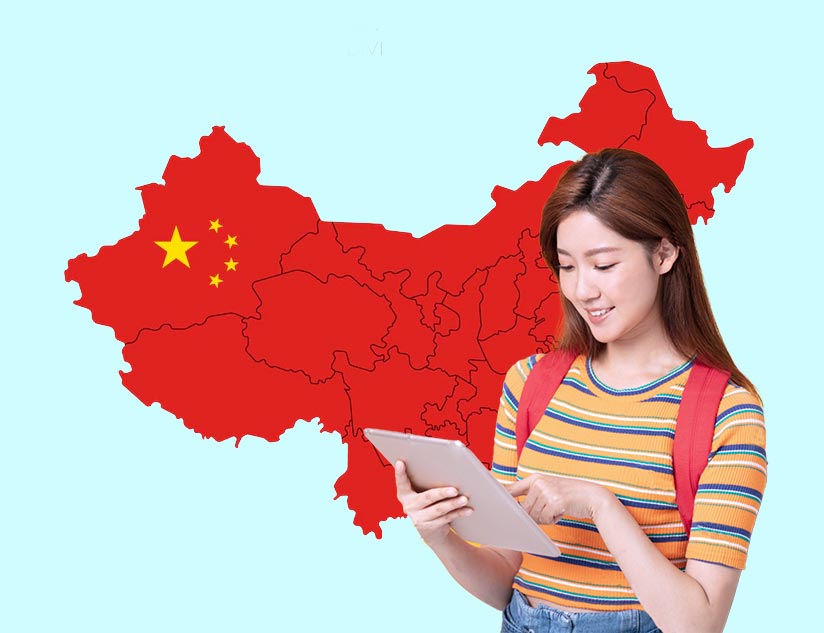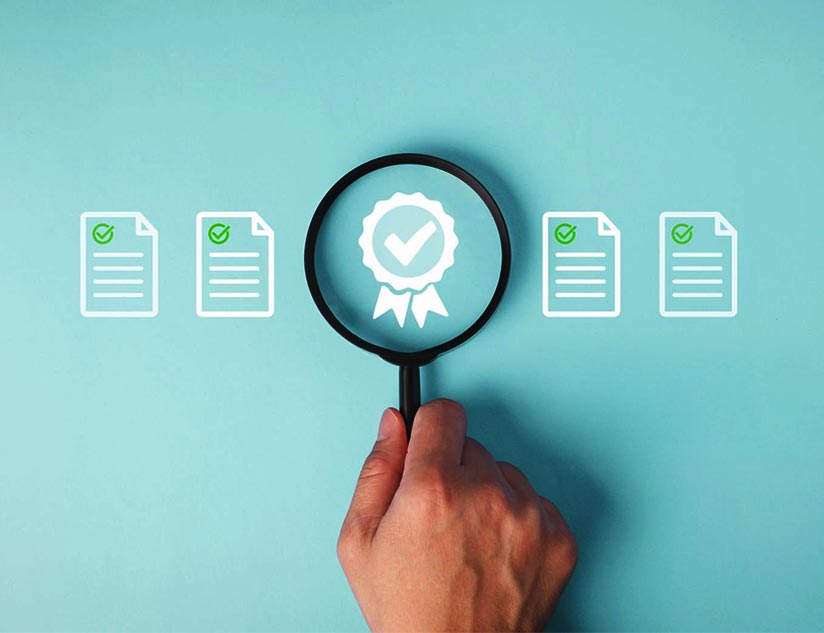The Chinese Communist Party’s regulation changes, especially through 2021, have had a severe impact on the growth of the EdTech market in the country. The Central Committee and State Council initiated a sweeping overhaul of the $100 billion private education industry in China by releasing new guidelines to further ease the burden of excessive homework and off-campus tutoring for students in July 2021.
These regulations, also referred to as the “Double Reduction” policy, banned companies that teach school curriculum subjects from making profits, raising capital, or listing on stock exchanges worldwide. It also means that they can’t accept foreign investment. A regulation like this has had a significant negative impact on digital learning in China and the EdTech companies are finding it difficult to maintain their previous levels of profitability. The limitation set by the Chinese government has made investors anxious and they are preparing for further volatility in this industry.
Crackdown on the EdTech Sector
The K-12 education training market size in China was estimated at around $120 billion in 2019. The share of online offerings in this market segment was expected to grow exponentially. However, when Beijing consolidated its policies to keep the industry in check, the EdTech industry had to wade through regulatory turbulence.
Since 2021, the tech sector in the country has been subjected to several crackdowns. For instance, New Oriental Education, an EdTech firm in China, recorded an 80% slump in sales, due to which they had to fire 60,000 employees. It was considered one of the biggest layoffs since China embarked on a wide-ranging crackdown on private enterprises more than a year ago.
In May 2021, Yuanfudao and Zuoyebang (two China-based EdTech unicorns that specialize in after-school tutoring) were fined 2.5 million Yuan ($390,000) each, for false advertising and misleading campaigns. In February 2022, the Chinese government banned online tutoring firms from offering high-school curriculum classes during holidays/breaks. Such sweeping reforms in the nation’s private education sector are taking a toll on K-12 learning platforms in China too.
What Triggered the Crackdown?
One of the suggested reasons for the “Double Reduction” policy is the latest national census data that revealed some pressing issues for policymakers. In 2020, China’s birth rate was 11.4 per 1,000 people, which represented a 2.2% decline from 2019. It indicated that the average age of the population in the country was increasing, which could impact the size of the labor force in the future.
It appeared to policymakers that the birth rate declined because the younger population didn’t want to marry or have children, owing to the pressures associated with raising kids. The policymakers decided to lower some of this pressure by regulating K-12 education in China, especially the EdTech industry.
How EdTech Companies are Moving Forward
Many of the leading educational companies in China are seeking alternative pathways to survive such policies. They are looking at new ways of transforming themselves. These can be divided into 5 main categories:
1. Quality education
2. Vocational education
3. Adult education
4. Summer custody classes
5. Educational technology (EdTech)
Some are investing in non-academic extracurricular programs that offer all-around education. These programs, such as art, computer coding, sports, and music, are exempted from government scrutiny. Some others have found opportunities in academic and non-academic pre-college enrichment programs for high school students. This is because the country’s tough measures on education focus more on regulating the nine-year compulsory education (G1-9) market, while barely impacting high schools.
However, the EdTech market looks more promising with the rise of AI technology and advancements in EdTech products and services. With more than 400 million students, China is considered the largest EdTech market globally. The recent crackdown has been difficult for the industry, but it has still managed to grow, driven by the pandemic-led lockdowns. In fact, China accounted for 60% of the global venture capital investing in EdTech in 2020, a figure that dropped to 40% in Q1 2021.
K-12 learning platforms in China are also grabbing every opportunity to gain market size. For instance, Yuanfudao, which provides products such as AI-based virtual classes, live tutoring, and apps for study support, launched a STEAM education product, Pumpkin Science, which combines AI interactions and hands-on exploration, with teenagers as its main customer group. Apart from the “in-screen + off-screen” scene-based teaching, Pumpkin Science also provides personalized and exclusive services. It helped Yuanfudao raise $1 billion in its funding round in April 2020 and increase the company’s valuation to around $7.5 billion.
Another EdTech firm, NetEase Youdao, has started with online learning tools to create a series of comprehensive learning products. It has introduced the iCourse platform, which will provide students around the world high-quality MOOCs (Massive Open Online Courses).
The crackdown on K-12 education in China has forced many companies to seek new paths forward. They are relying on AI technology and increasing demand from the large student base to transform their products and services. So, the EdTech industry can well serve as an excellent choice for the future success of Chinese education companies under the tightened education policies.
Are you using the right tools to further the global reach of your digital learning materials? Choose a learning platform that can help you do just that. Contact us for a demo.















